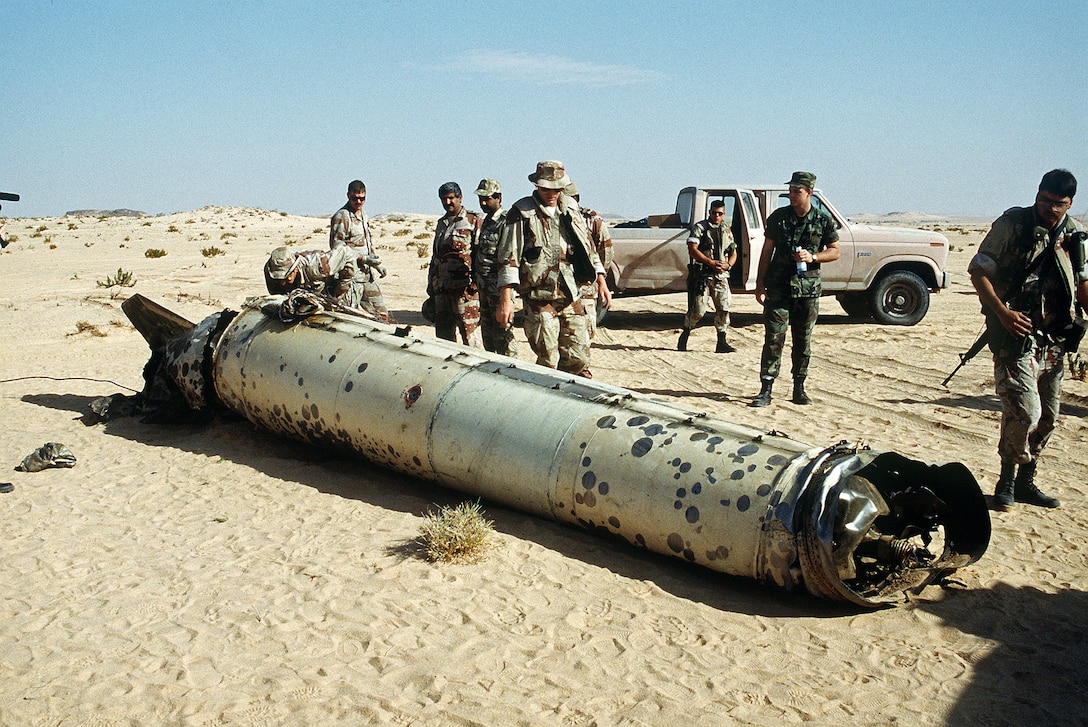What do you believe?This is our "low tech" way of taking out incoming missiles.
IIRC, the tracers you see are every 5th projectile or so.
dOnald would have us believe they deliberately missed.
That they run out of missiles? Felt sorry for Americans? Found Jesus and stopped being Evil? Got bored?
What?
Several missiles got into the embassy to hit unmanned buildings, and the Iranians stopped all aggressive attacks after their vandalism attacks.
It's been about 2 weeks since Trump ordered your Hero Solemani's death.
You think they quit the retribution without killing a single American because of what?
A. Fuck you with Solemani's dick.
B. How the fuck can anyone know who to believe in this crazy *administration*? They all lie all the time. This is the most dishonest group of people ever assembled on the face of the Earth. If there is a word for government by lies that's what we have.
/----/ "They all lie all the time. "
What lies and what proof do you have? None, I bet.







